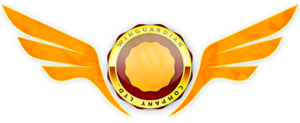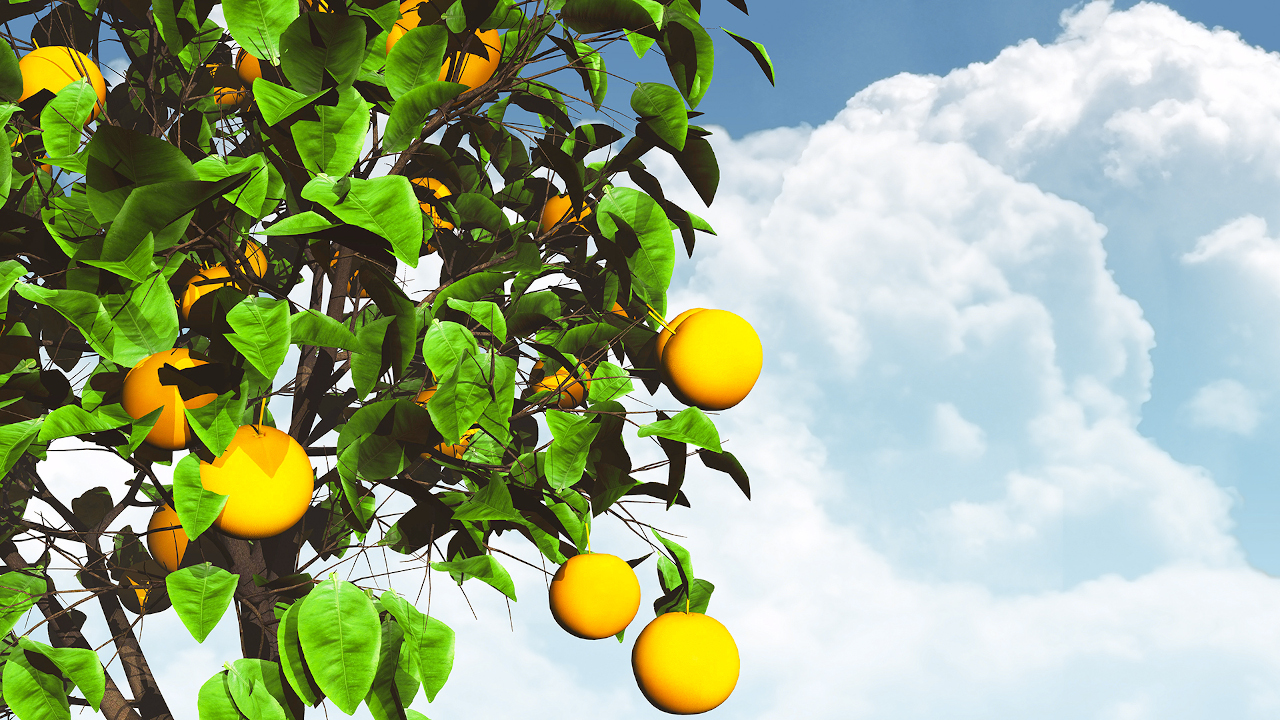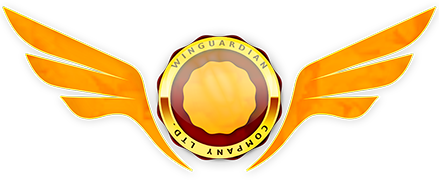
Last Updated on March 10, 2023 by Administrator
Copyright and related issues affect us all, and the cost of unfamiliarity with it can sometimes be quite steep. Writers, musicians, photographers, filmmakers, journalists, software developers, designers, entrepreneurs and people in general will therefore find the information here useful and enlightening. Read to the end or find sections that might interest you.
What Is Copyright?
Copyrights are essentially the things one is entitled to, as the original author or creator of a work of art or literature.
Breaking down the word itself we could say they are the rights you have and can exercise on any copy of your work. These include the right to sell, reproduce, publish or broadcast, utilise, be recognised for, prevent abuse of, or pretty much anything concerning your creation, which are initially exclusive to you as the author(s) or creator(s).
The rights are generally grouped as
- Economic rights: those related to utility and reward, such as the right to sell or reproduce copies of a work, and
- Moral rights: those related to conduct such as to be recognised as the owner of a work, or to determine how a work should be handled.
Even though these rights are initially the author’s or creator’s, some of those rights can be transferred, like one would an asset or property, to other people or entities, for e.g. through a contract signed between an author and a publisher.
This and the fact that such work or intellect can be the product of an individual (rather than society) and have economic value, makes copyright an intellectual property; one that covers primarily works of art. Other forms of intellectual property are patents, trademarks and trade secrets, which cover scientific inventions or designs, valuable recognisable symbols, and valuable private business information respectively.
What Does Copyright Cover?
Copyright covers creative work, including literature and literary works such as articles, reports and academic texts, as well as music, film, paintings, sculpture, photography, software and more.
Naturally, it covers original works and not those that are generally known to or in use by the public.
For a work to grant copyrights it must also be ‘fixed,’ i.e., clearly defined, produced or tangible; of a form that can be clearly seen or distinguished; in other words, expressions.
Vague ideas, especially in one’s head, are therefore not included. They also exclude procedures, methods of operation or mathematical concepts, according to the World Intellectual Property Organisation (WIPO). Objects such as titles, slogans or logos may also be exempt, depending on whether they contain sufficient authorship, according to the same organisation. Some of these may however be covered under other forms of intellectual property.
For e.g. if you came up with a text that describes how something can be designed or built, that text itself is an expression. If the text is original and fixed, copyright protection ensures no one can reproduce that text among other things. However it doesn’t prevent anyone from using knowledge gained from it to build what it describes. For that you need a patent.
How to Own Copyright
Copyright automatically defaults to the original creator of a work in question as soon as it is fixed, and doesn’t need any special act to take effect.
Companies or employers also own copyrights under “work for hire” arrangements where work is authored by an employee in the course of or in relation to the work they are employed for.
Beyond the automatic ownership of copyright, it helps to have a work published. This makes it easier for others to recognise when it was produced and by who. Learn more about publishing here.
It also helps to register one’s copyright for a work with a public or national copyright authority so they can, as it were, bear witness and record the date and other details of authorship. This helps settle disputes about who is the original author of something. It also makes it easier to transfer copyrights in business dealings. Lastly these copyright institutions use their records to gain insights on creativity in a country. Copyright registration is generally inexpensive.
How to Protect Copyright
It is a good idea to place a copyright notice on one’s work, even when copyright is already owned, to remind people that a work is copyrighted material. It reminds others it is an original piece and that they risk significant damages if they abuse the author’s or creator’s copyrights. Copyright notice traditionally starts with the copyright symbol “©” followed by the year in which a work was made, the name of the copyright holder, and any relevant notice or information. For e.g. “© 2023 Winguardian Ltd. All rights reserved.”
Placing a watermark on a work where possible also helps protect one’s copyright. A watermark is a brand image, name, symbol, signal or other information placed faintly on or across a work. It ensures wherever the work is used, its author is known. Watermarks can be placed on both visual and audio works.
How to Manage Copyright
Copyright management relates to the activities you undertake to license or give permissions for, monitor and negotiate the use of your work, and protect your copyrights.
Note that not all works done have commercial intent, for e.g. presentations and posts made online, but may still have copyrights.
In the professional context, some authors and creators opt to manage their copyrights independently and/or with their own management and legal team.
Working with a publisher (book publisher, record label, film studio etc.) is however seen as an easier way to manage copyright as these institutions have rights and legal teams that handle all the work for you. The cost of this is often in the form of a share of ownership of and thus royalties from your work.
One can also work with collective management organisations, directly or through a publisher. A Collective Management Organisation (CMO) monitors the use of copyrighted material in the public (for e.g. on TV, Radio and other public spaces) in order to collect and redistribute royalties to the copyright owners. They also engage in other areas of rights management for their clients. Since it is impossible for individuals to monitor and collect royalties from every source, it is advisable to register with such organisations to handle such work for them. A quick online search for CMOs in your country or checking with your country’s copyright authority would present some options.
Licensing
There are a number of licences out there, prewritten documents detailing which rights an author or creator chooses to reserve and which rights they grant to their customers or the public, and how their works can be used. Some of these can simply be adopted and attached to one’s work. The number and variety of such licences are uncountable, and a quick online search would avail them.
One popular tool is Creative Commons which has a number of predefined licenses that one can easily pick to suit their needs, mostly favouring the sharing of content.
Another popular example is the GNU General Public License (GPL) often used in software development and which promotes a culture of free licensing (or copyleft as the GNU puts it); the act of granting full rights to the public to use, redistribute and modify a work and its licence, as long as works derived from such work are also “free” (i.e. grant similar freedoms, not necessarily free of price).
How to Prove Copyright Ownership
A common way to prove copyright ownership as hinted early on is a copyright registration document or record.
Online systems (for e.g., WIPO PROOF which was unfortunately discontinued) that allow individuals to store and digitally certify ownership or authorship of an item, from any given time, are also a great way to prove copyright ownership. That is, a system which stores an encrypted and unmodifiable version of content, which one can later retrieve as proof of what they created at the said point in time.
Generally any proof of authorship should also suffice. It is therefore important to keep privately, whenever possible, work-in-progress or original files that make up a finished work, higher resolution images than what is published anywhere in the case of photographs, and file metadata (information like author, date of creation, device on which an item was created, location etc. often embedded in most files).
The Scope of Copyright Protection and Laws
Copyright protection, like that of other intellectual property, is territorial. Each country has its own copyright laws and systems. It is therefore advisable, if one desires copyright protection in other countries, to take steps to explore the laws and systems of that country and apply for protection there too.
However, due to the cumbersome nature of this, many countries have signed on to international treaties on copyright, such as the Berne Convention, which ensure that the copyrights of authors and creators from one country are protected in other member countries. WIPO is a good place to start learning about such treaties.
It is also fairly easy to find the copyright laws of any country, or the summaries of such, online.
Copyright protection generally lasts 70 years after the death of the author(s) or creator(s) or 70 years after the date of publication in the case of a corporate body. When copyright protection for a work expires, the work enters the public domain, i.e. it is now public material.
Exceptions in Copyright
Fair use is an exception or defence in copyright law that allows a person to use copyrighted work in areas such as news reporting, criticism, teaching or research, without permission from or payment to the copyright holder. To be sure of what constitutes fair use, it is best to consult copyright laws of the jurisdiction(s) in question at the time of use.
There are other exceptions to copyrights that relate to a work’s use in educational institutions, libraries and archives, by the disabled and more. These are country specific and can be found in each country’s copyright laws.
Copyright in Various Industries
Copyright in Photography and Filming
In photography and videography or filming a lot of factors come into play.
Copyright generally defaults to the photographer who captures an image. However if they were hired to do so, this copyright may belong to the employer under the work-for-hire doctrine, or the rights may be jointly held by the photographer and employer, or it may depend on the rights granted to either through a contract signed before the work.
Owning the copyrights however does not mean a person can use any image they take in any way they want.
In capturing images one must be careful not to, too obviously, incorporate or depict others’ copyrighted materials. For example a chef’s work of art, being their food on a plate, or an artist’s mural on a building, depending on how these are captured and used, may raise issues of copyright infringement.
Issues of privacy and publicity may also prevent a photographer from publishing or using photos of people; these are examined subsequently.
Copyright in Radio and Television Broadcast
Collective Management Organisations (CMOs) and Performance Rights Organisations (PROs) in some countries bill radio and TV stations monthly, annually or at some other interval, depending on the size of their audience, for onward distribution of such monies or royalties to owners of copyrighted content they broadcast. Radio spins refers to the number of times a song is played on the radio, each play being a spin. The number of spins per day for a song is its rotation. CMOs and PROs have systems or methods for monitoring or estimating these to share royalties accordingly.
Because airplay also benefits a musician in terms of popularity, some may actually pay for airplay, a payment known as ‘payola.’ This, when undisclosed as a revenue source or sponsored airtime by the station, may be illegal.
Copyright on the Web
Many websites or apps, through their usage agreements, make users license content to them whenever users post to such platforms, to allow the platforms to display such content. Other users may however need separate licences to download and use others’ content.
Modern technology and the Internet has made it so easy to obtain and use copyrighted content, copyright on the web can be complicated. It is however important to be mindful of the risks involved in using content from the internet, in terms of the rights granted or not by a file, and where and how it will be used, to be on the safe side.
Creators can sometimes find their content in use by others either by chance or through reverse search, and raise issues, seek compensation and/or sue those infringing on their copyright. Authors also have the power to request take downs of content, by platforms hosting such content, if it infringes on their copyright.
Finding Content
There are a number of online marketplaces or stock websites that specifically sell or offer content, usually focusing on one type of resource; images and/or photography, icons, sounds, videos, 3D models and other digital resources. Those that offer such content for free would often label their content as royalty-free, while those that sell such content (often better ones) would label theirs as premium. Either way, such content come with licences that determine the rights granted or not for a file, and their rules for attribution (crediting the author). The platforms in turn have systems to reward authors and creators who provide or sell their content there. They are often a better place to find content for use on projects rather than doing a simple search on search engines or social media like most amateurs do.
Social media and streaming platforms also continue to implement systems that allow content creators to monetize their content and claim revenues from it.
Copyright in Software and ICT
The world of software and the internet is especially divided into communities that favour free access to resources and non-censorship, which in software circles in particular would include the open-source community, and those that defend copyrights and premium (i.e. paid for) content. Others favour a bit of both, offering freemium products and services that have both free and paid-for components. Either way, software and related products often come with licence agreements as attached documents or linked pages, specifying the permissions granted on how and how not to use a product or resource, along with other author and attribution information.
Copyright in Writing
Copyright issues, beyond what has already been discussed, are generally lax in the writing and literary world (academia, reporting etc.), except that authors must properly reference or attribute work to other authors they pick information from, and avoid plagiarism, which is the complete lifting of other’s works to present as one’s own work. It is also important to read publishing contracts signed with an employer, university, sponsor and/or publisher in any capacity to know if and when you own what.
Related Matters
Rights of Publicity
Beyond the copyrights of an author or creator, the subject of a work (for e.g. in a photograph) may have rights of publicity, which prohibits the use of their image or likeness or name, voice or other elements of their persona for commercial purposes without their consent, especially in the case of a celebrity. Therefore, as much as the author’s work cannot be used by the subject without their permission, unless in a fair use case, an author or creator may also not be able to use their content without the permission of the subjects or those depicted in it.
Rights of Privacy
It is legal to photograph or record people in public spaces (i.e. publicly owned spaces) or where a person has “no reasonable expectation of privacy,” even if they are recognizable in such material. However, to use such materials may require their consent or the consent of their parents in the case of a minor.
Issues of privacy and publicity are not so different in fields, from photography to filming, radio and television broadcast and various forms of publishing including websites and books.
A good idea is to have recognizable subjects of any content (or their parents/guardians in the case of minors) sign a release form before using such material, especially for commercial purposes.
Permits
Private premises, even those open to public use, and other facilities and areas including crime scenes and even public parks may require permits for photography depending on the nature of work. While a photographer’s equipment cannot be seized under any circumstance, they are required to desist if asked to stop recording at a private or restricted area, or comply if escorted out, lest be charged for trespassing.
Freedoms
These rights all compete with the freedom of expression and freedom of the press which seek to protect journalism, sharing of information, education and more, and are equally important in the eyes of the law. Cases involving these rights and freedoms therefore easily become a complexity of competing laws.
Conclusion
Copyright protects the creator of a work and their work, with fair use allowing society some exceptions in using others’ work without permission. Laws on privacy and publicity protect individuals when they are depicted in or are the subject of a work. The cost of violating either can be extremely steep. So, even though most go unnoticed, it is important to be aware of them.
Copyright and related legal issues can also be very tricky to work out in court, and often depend on a number of factors, nuances, legal arguments made, and the angle of a judge.
Avoidance of confrontation, for e.g. by refraining (while knowing one’s rights) from further conflict, or immediate take down of published (not necessarily captured or stored) materials, and out of court settlements are often favoured in this area, whenever an objection or issue of infringement is raised. It is also a good idea to consult a country’s laws or seek legal advice on such matters whenever one is engaged in activities that involve such issues.
Disclaimer
This article is provided for information only and should not be taken as legal advice as it does not explore every detail and context of relevant laws.






Pingback: How to Manage Clients as a Freelancer or Consultant - WINGUARDIAN